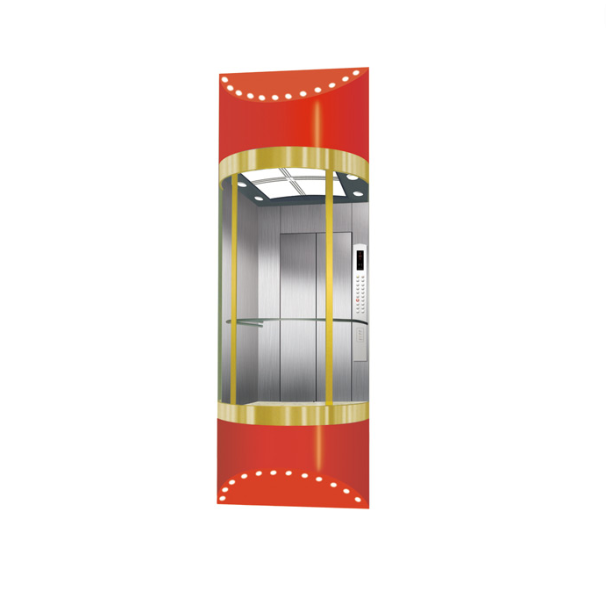Three inevitable trends in the future development of elevators
Date: 2024-07-15 Categories: Industry News Hits: 397
Integration of elevator control systems
Elevator automatic control systems have become a very dynamic branch in the field of computer technology applications. In order to meet the high requirements for system security, reliability and functional flexibility, the developed system is based on microcomputers. This system integrates 4C technology, namely computer technology (COMPUTER), automatic control technology (CONTROL), communication technology (COMMUNICATION) and conversion technology (CHANGE) into a highly related and integrated system. It has obvious advantages over previous control systems in terms of adaptability, scalability, maintainability, system working stability and many other aspects, and has become the cornerstone for promoting the development of elevator control technology. It has obvious advantages over previous control systems in terms of system working stability and many other aspects, and has become the cornerstone for promoting the development of elevator control technology.
Elevator speed tends to be ultra-high speed
With the rise of skyscrapers, the operating speed of elevators has been constantly challenged, and at the same time, it has also promoted the development of elevator technology. At present, the highest speed of elevators in the world has reached 17m/s, and an elevator with a speed of 18m/s will be running in the "Shanghai Tower" over 600 meters high. It can be expected that with the development of multi-purpose and full-function super-high-rise buildings, ultra-high-speed elevators will continue to be the direction of research and development. Technologies such as ultra-large capacity traction motors, high-performance microprocessors, vibration reduction, noise suppression technology, automatic voltage regulation systems in cars, and safety components suitable for ultra-high-speed elevators will be actively promoted.
The popularization of green elevators is an inevitable trend
The application of energy-saving and environmentally friendly materials in elevator parts has begun to emerge. Permanent magnet synchronous gearless traction machines and energy feedback devices are rapidly increasing the matching rate of complete machines. Car walls, guide wheels, and traction wheels made of non-metallic materials have been put into use. The elevator suspension system replaces the traditional traction wire rope with a flat composite traction steel belt. It is more revolutionary to replace the wire rope with a traction rope made of non-metallic materials. In addition, there is also a large research space for elevators driven by linear motors. Twin elevators with two elevators sharing the same shaft have begun to operate. Elevator group control systems are becoming more intelligent. For example, group control systems based on expert systems and fuzzy logic can adapt to dynamic characteristics such as the uncertainty of elevator traffic, the diversification of control targets, and nonlinear performance. With the development of intelligent buildings, the intelligent group control system of elevators can be combined with all the automated service equipment in the building to form an overall intelligent system.

 Passenger elevatorGlass SA-K00...
Passenger elevatorGlass SA-K00...  Passenger elevator Fashion SA-...
Passenger elevator Fashion SA-...  Observation elevator SA-G005
Observation elevator SA-G005  Observation elevator SA-G004
Observation elevator SA-G004  Observation elevator SA-G003
Observation elevator SA-G003  Observation elevator SA-G002
Observation elevator SA-G002  Observation elevator SA-G001
Observation elevator SA-G001  Bed elevator SA-B002
Bed elevator SA-B002  Bed elevator SA-B001
Bed elevator SA-B001  Cargo Elevator SA-HJ02
Cargo Elevator SA-HJ02  Cargo elevator SA-HJ01
Cargo elevator SA-HJ01  Villa elevator SA-Y005
Villa elevator SA-Y005  Villa elevator SA-Y004
Villa elevator SA-Y004  Villa elevator SA-Y003
Villa elevator SA-Y003  Villa elevator SA-Y001
Villa elevator SA-Y001